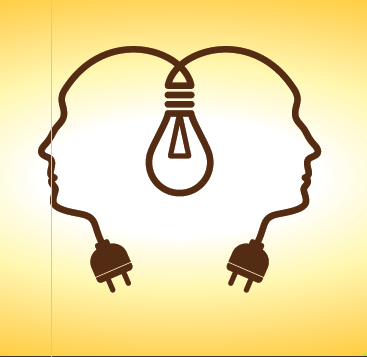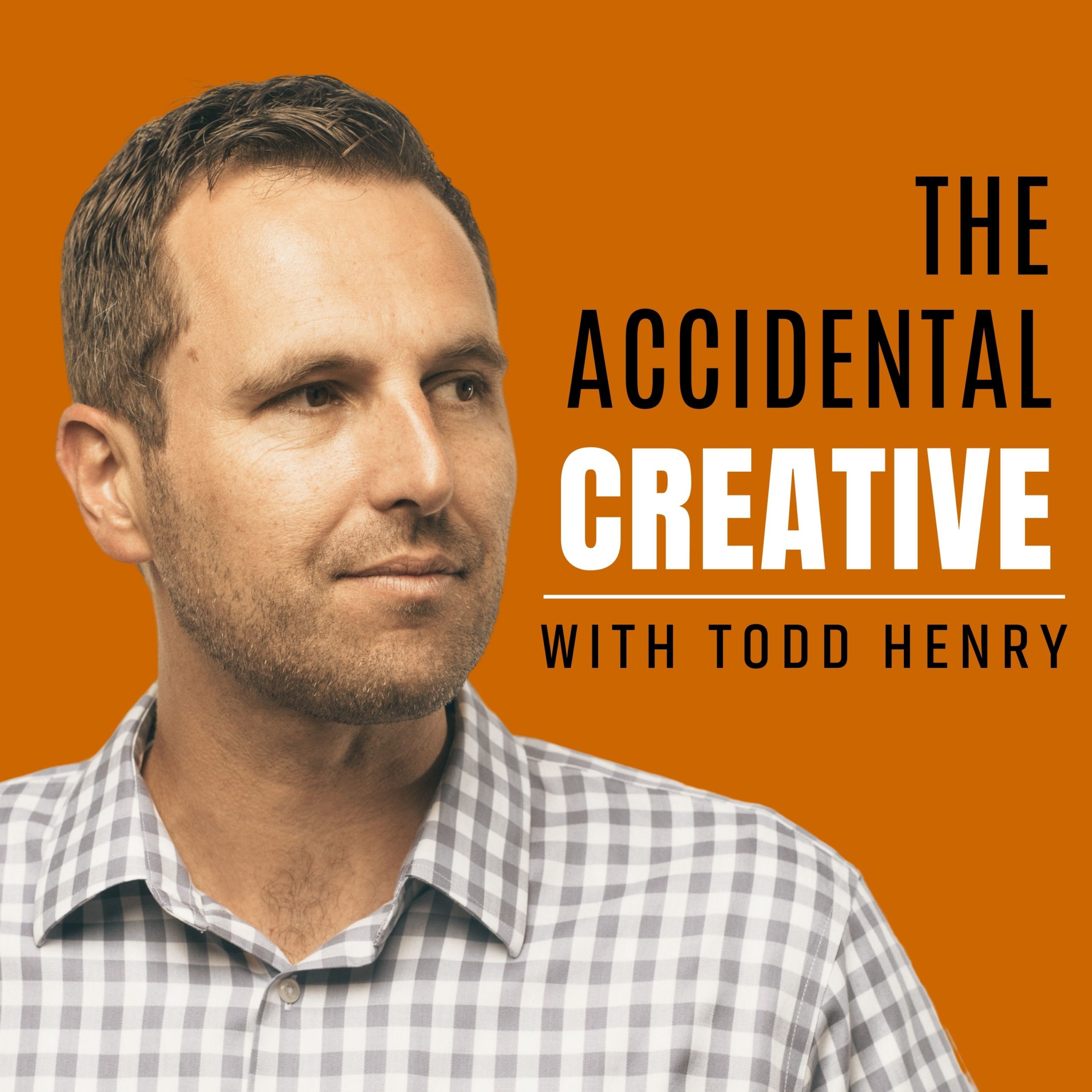In a recent AC podcast interview, Joshua Wolf Shenk argued that the pair is a primary creative unit, meaning that great work is often accomplished in collaborative duos. This flies in the face of the “lone genius” myth, which tends to lionize the key figures behind innovative movements instead of recognizing the importance of social intelligence and collective seeking.
Last week, I had the chance to chat with Erica Dhawan, who is co-author of the new book Get Big Things Done. The book is about the age of connectedness, and how we can now accomplish things previously unattainable if we leverage “connectional intelligence”. This means developing our ability to connect across diverse groups, leverage diverse talents, and mobilize them all toward a common objective.
Here are a few of my key takeaways from the interview:
- The three role models of connectors are Thinkers (who help spark and generate big ideas), Enablers (who create the structures and forces to get big things done), and Connection Executors (who mobilize people and resources toward the objective). We may move into and out of these roles in different areas of life and work.
- Play is an important aspect of idea generation. To play well with ideas, we must expand our network and draw from a more diverse set of information, perspectives, and parallel problems.
- It is not the quantity of network members that matters, it is the quality of those members. A smaller, more diverse, more focused network will be far superior in solving a problem than a larger, less focused one. To succeed in getting big things done, focus on the quality and diversity of your network.
If you’d like to listen to my entire conversation with Erica, it’s below:




0 Comments